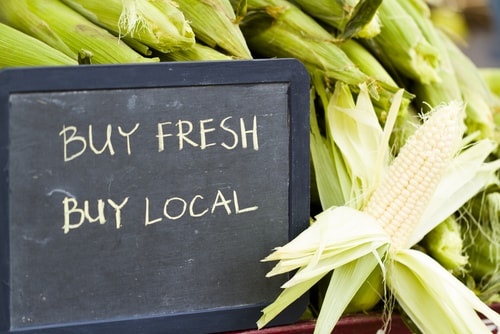As much as $6 million being invested
By Diego Flammini, Farms.com
To attempt to increase the amount of Ontario agricultural products that are served at Ontario dinner tables, the provincial government is investing $6 million to the Greenbelt Fund.

The non-profit organization helps encourage people to enjoy the locally-grown food that comes from the Greenbelt, which consists of an area covering Tobermory, Cobourg and the Niagara Region.
“Agri-food is one of Ontario’s great success stories. Our farmers produce an extraordinary variety of fresh, local food that helps make Ontario a great place to live,” said Ontario Premier Kathleen Wynne in a release. “This investment will help sustain the vibrant farm economy we are so proud of — while helping more people enjoy fresh, local food.”
If history is any indication, the government investment could prove extremely beneficial for the Greenbelt Fund.
“In partnership with the Province, the Greenbelt Fund delivers results: for every $1 invested, we’ve seen a return of $13 worth of purchases of Ontario-grown food,” said Burkhard Mausberg, CEO, Greenbelt Fund in a release.
One of the main reasons for the investment is the positive impact it can have on the province’s economy and agricultural sector.
About one out of every nine jobs in Ontario is related to agriculture and the sector as a whole accounts for $34.8 billion to the GDP.
“When we invest in projects that support Ontario’s agri-food sector, we are helping strengthen our communities, create jobs and boost our economy. The broader public sector spends an estimated $745 million on food per year,” said Ontario Minister of Agriculture Jeff Leal in a release.
Join the conversation and tell us your thoughts about the government’s investment into bringing more Ontario food to more Ontario tables.